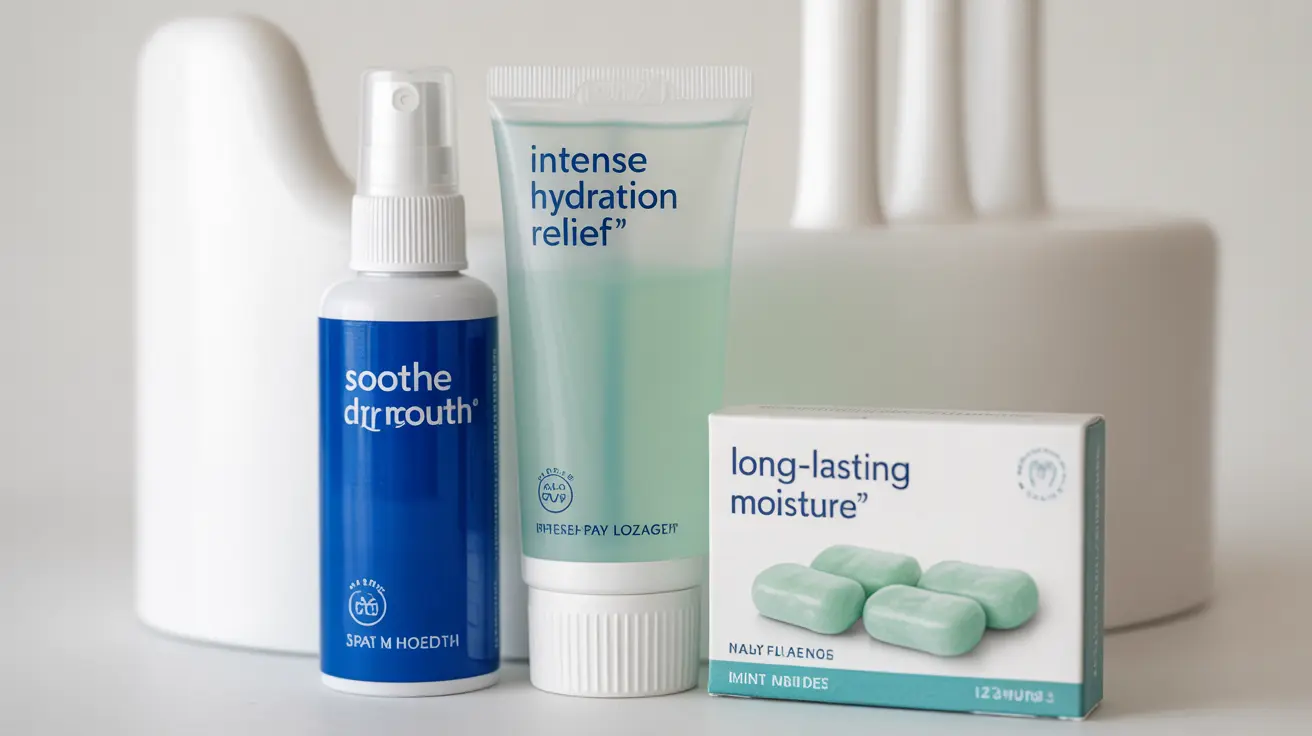Living with dry mouth can significantly impact your quality of life, affecting everything from speaking to eating. Artificial saliva products have emerged as a vital solution for those seeking relief from this uncomfortable condition. These specially formulated products aim to replicate the moisturizing and protective properties of natural saliva, offering temporary but effective relief for dry mouth sufferers.
In this comprehensive guide, we'll explore how artificial saliva works, its various forms, and how to choose the right product for your needs. We'll also examine the science behind these products and important considerations for their use.
Understanding Artificial Saliva and Its Purpose
Artificial saliva products are specially designed solutions that mimic the properties and functions of natural saliva. These products help maintain oral moisture, protect tooth enamel, and facilitate comfortable speaking and swallowing for individuals experiencing dry mouth, also known as xerostomia.
Common Causes of Dry Mouth
Several factors can lead to the need for artificial saliva, including:
- Medication side effects
- Radiation therapy for head and neck cancers
- Autoimmune conditions like Sjögren's syndrome
- Aging
- Certain medical treatments
- Nerve damage affecting salivary function
Types of Artificial Saliva Products
Sprays and Mists
Oral sprays offer quick, convenient relief and are easy to carry. They're ideal for immediate moisture when needed and can be discretely used throughout the day.
Gels and Moisturizing Agents
Gels provide longer-lasting relief and are particularly useful during sleep or extended periods when frequent reapplication isn't practical. They often contain additional ingredients for enhanced oral health protection.
Lozenges and Tablets
These forms stimulate natural saliva production while providing temporary relief. They're particularly useful for individuals who prefer a more gradual release of moisture.
Key Ingredients and Their Functions
Artificial saliva products typically contain several important components:
- Carboxymethylcellulose or hydroxyethylcellulose for thickness and moisture retention
- Electrolytes like calcium and phosphate to protect tooth enamel
- Fluoride for cavity prevention
- Antimicrobial agents for oral health protection
- pH buffers to maintain optimal oral acidity levels
Best Practices for Using Artificial Saliva
To maximize the benefits of artificial saliva products:
- Follow the recommended dosage and frequency
- Maintain regular oral hygiene practices
- Stay hydrated throughout the day
- Use products before meals to aid in eating and swallowing
- Consider using different forms for different situations (e.g., sprays during the day, gels at night)
Frequently Asked Questions
What are the most common reasons for using artificial saliva, and how does it help with dry mouth symptoms?
Artificial saliva is commonly used for dry mouth caused by medication side effects, radiation therapy, and autoimmune conditions. It helps by moisturizing the mouth, making speaking and swallowing easier, and protecting oral tissues from irritation and infection.
How do you choose the right form of artificial saliva, such as sprays or gels, for your specific needs?
Choose sprays for quick, convenient relief during the day, gels for longer-lasting moisture (especially at night), and lozenges for gradual relief. Consider your lifestyle, severity of symptoms, and when you need relief most when selecting a product.
Can artificial saliva be used to treat the underlying causes of dry mouth, or does it just provide temporary relief?
Artificial saliva provides temporary symptom relief rather than treating underlying causes. While it effectively manages symptoms, addressing the root cause requires working with healthcare providers to treat the primary condition causing dry mouth.
What are the key ingredients in artificial saliva, and how do they mimic the properties of natural saliva?
Key ingredients include carboxymethylcellulose for thickness and moisture, electrolytes for tooth protection, and pH buffers to maintain oral health. These components work together to replicate natural saliva's moisturizing, protective, and pH-balancing properties.
Are there any specific dietary considerations or precautions to take when using artificial saliva products?
Use artificial saliva before meals to aid eating, avoid acidic or spicy foods that may irritate dry mouth, and maintain good hydration. Some products may interact with certain medications, so consult your healthcare provider about timing of use.




